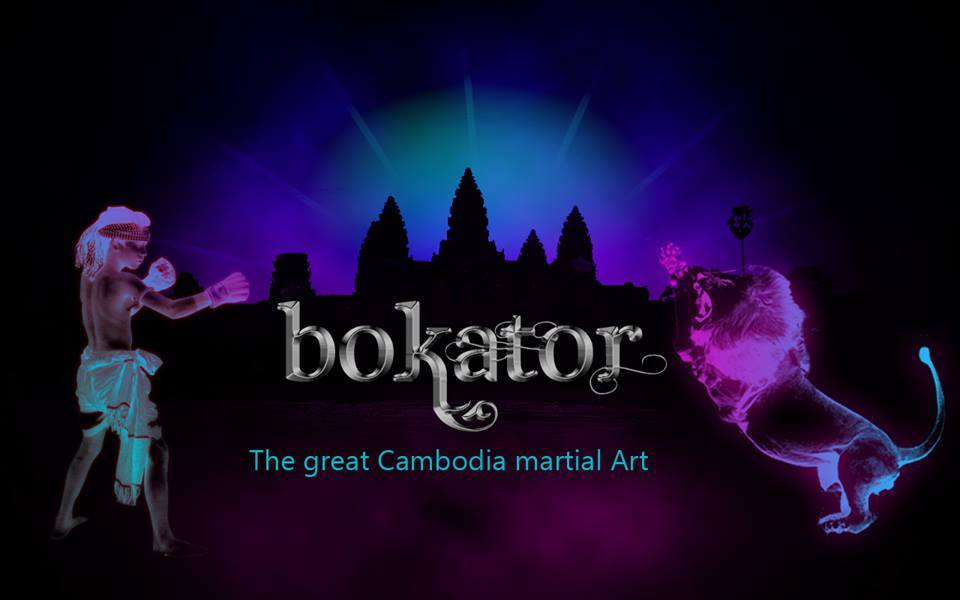On 17 February this year, 77 items of Angkorian jewelry arrived in Cambodia under the watchful eye of the Cambodian restitution team led by HE Hun Many
On 17 February this year, 77 items of Angkorian jewelry arrived in Cambodia under the watchful eye of the Cambodian restitution team led by HE Hun Many, the government's representative. The hoard included crowns, necklaces, bracelets, belts, earrings and amulets, in gold and other precious materials, a number of which had been featured in the book, Khmer Gold: Gifts of the Gods, co-authored by Douglas Latchford and Emma Bunker in 2008. The artifacts had been part of the personal collection of the disgraced dealer Latchford and kept in London. On his death in 2020, his family promised to return his hoard of Khmer works of art and these 77 pieces were part of that treasure trove.
In March, an exhibition of returned sculptures and some items of jewelry went on display at the Peace Palace, for invited guests and the media to enjoy. One of the homecoming items that was not on show was this quite unique gilded silver headdress, specifically made to fit a sculpture, and not worn by a human. Experts have seen this two-piece artwork before, as it was included in the 2008 coffee-table book, Khmer Gold, which Latchford effectively used to launder his ill-gotten treasures. He had noted that it was from a private Thai collection, which happened to be his own, but was in actual fact kept at his London home. As with most of the artifacts coming from the Latchford collection – he began trading in looted Khmer antiquities in the 1960s from his home in Bangkok until his death – the original location for this precious gilded silver piece is not known.
The text for the headdress in the Khmer Gold book is short and to the point: ‘An unpublished headdress in a Thai collection made from hammered and gilded silver sheet is a rare example of late 12th to 13th century statuary adornment. The headdress is shaped like a tall cylindrical jatamukuta and marked with vertical braids chased in slight repoussée. The cutout area in the front of the headdress suggests that it was created for a Lokeshvara image to reveal the tiny Amitabha Buddha image on the front of the jatamukuta, allowing it to be visible through the opening.’ In earlier times, gold jewelry would’ve been popular but fiscal restraint seems to have become a necessity at the time of Jayavarman VII.
About Me
I have graduate from BUILD BRIGHT UNIVERSITY(BBU) AND PREAH SIHANOUK RAJA (SBU) I work at Khmer Plus Computer Address: #156BE, St.63 (Trasak Phaem), Sang kat Chaktomok, Khan Daun Penh, Phnom Penh And Much More... Hey..My name is Thol Un Welcome To my site! Hope it will help you! Nice to know you! Indroduce My Self -My name is Thol un.I come from Kompong cham Province -Now I am staying at Langka pagoda .I have graduated from Build Bright University -My Major is Information and Network Technology -I am Working at Khmer Plus Computer -I want to get experience From your Company and develop your Company to be More Successful forever
Thanks for Support
Copyright©️:2021 All Rights Reserved. @Mr. Thol Un Hi every body, In this video I want show about the people success with Website, All This The Result From Website Partnership. Make money online speak Khmer: Please Followers My Website to Get More Videos!! Giving Dharma Is Better Than Giving Things!! Thanks for Support My Website !! This Website is created for the purpose of spreading the Entertainment Cambodia and other History Khmer, Dharma Khmer, Cooking Khmer by posting videos in Website Blogger or Blogspot YouTube and Facebook Page. Thanks and thanks for the support for this Website ..! Thanks For watch all this Website !❤ Like ✅Share ☑️ Comment❤ Kindly donate to the ABA Bank : ❤Thol Un❤ ❤001885833❤














